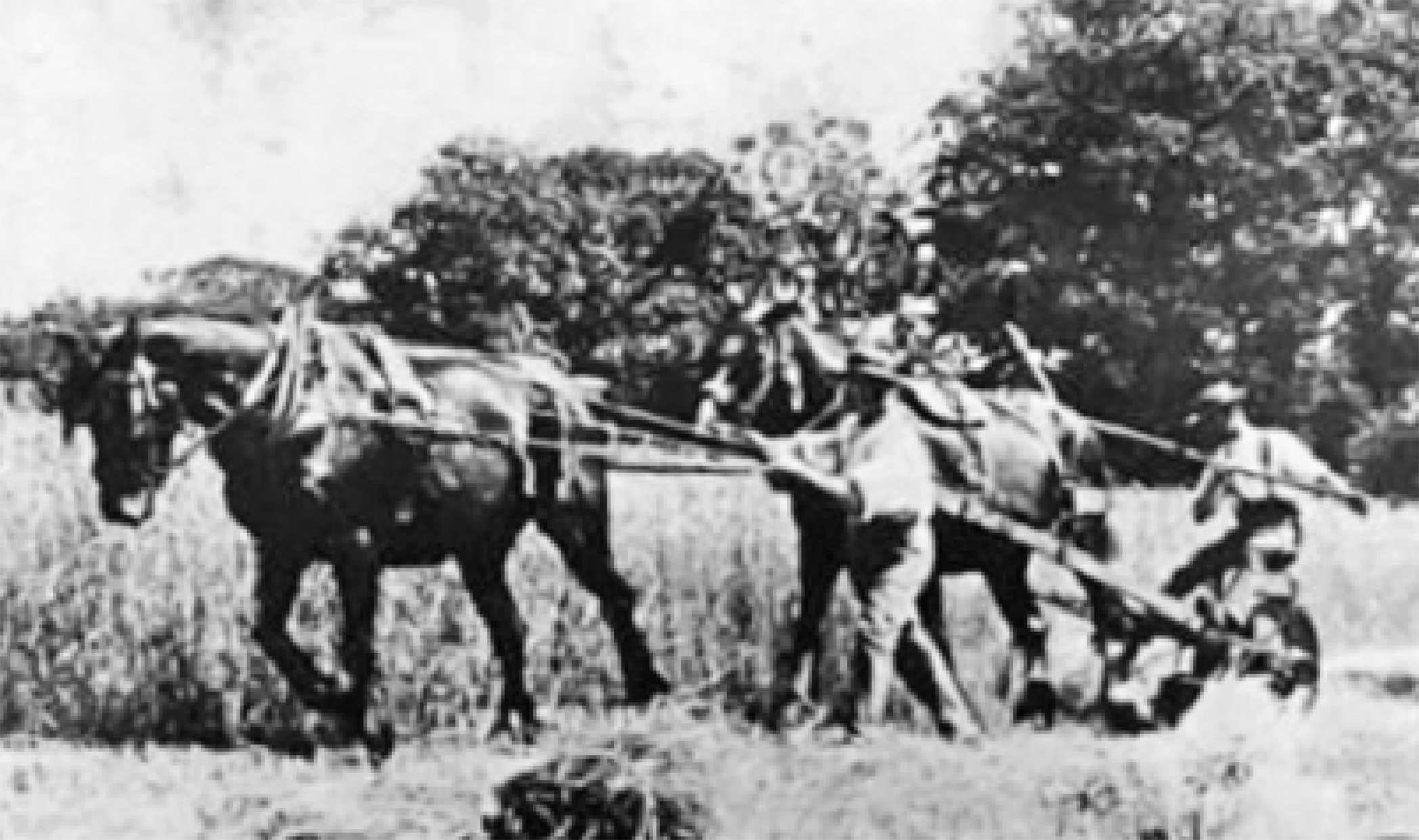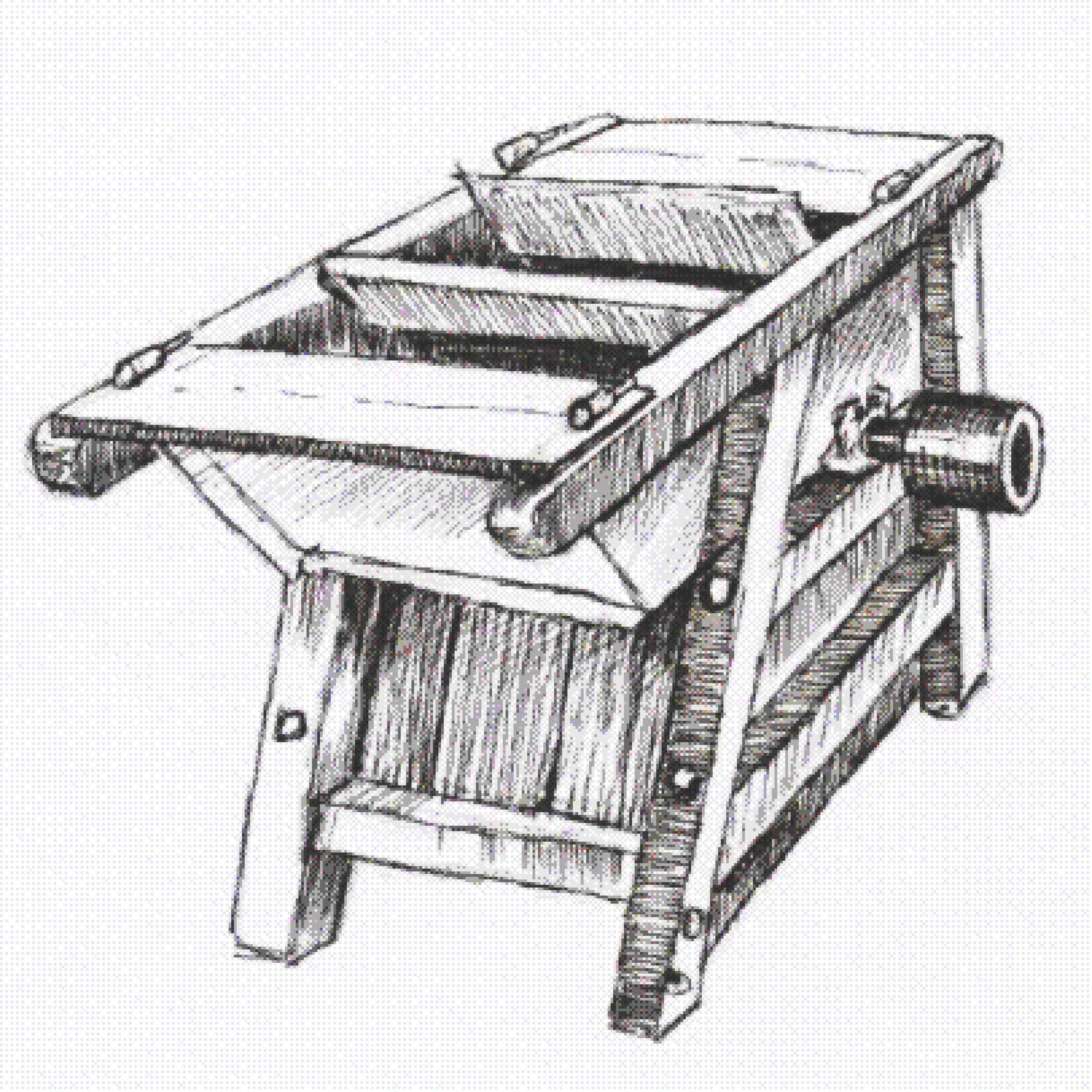Joseph Smith Inventor
Many years ago, when a young man at Riseborough,
through his skill and ingenuity, together with the practical aid of the
local blacksmith Francis Huddlestone and carpenter Thomas Denney, a
reaping machine was manufactured, which was quite an innovation in the
district; and on the trial day the harvest field was besieged with
spectators, who on seeing the machine cut and lay the corn in such a
satisfactory manner, shouted themselves hoarse with wild enthusiasm. No
doubt had they remedied some little defects in the machine, and carried
out the improvements which afterwards were taken up by other implement
makers, this machine might have become a great success.
|
 |
 |
|
Reaping Machine
1 |
Reaping Machine
2 |
Joseph Smith was, we believe, one of the first
agriculturists to introduce a steam thrashing machine into the district,
going to Lincoln and purchasing a portable engine and machine of Messrs.
Claton & Shuttleworth, in 1854 or 1855. Such was the demand by the
farmers for this steam machine, that by various stages, thrashing on many
farms on its way, it was taken on several occasions to Mr. Sidgsworth's
farm, between Helmsley and Rievaulx Abbey, some twelve miles from
Riseborough.

Clayton & Shuttleworth,
A
small portable threshing machine, inside is a drum with wooden bars across
the circumference, which rotates very rapidly close to an iron casting
with holes in it. The drum is driven by a horse-gear and this driven by a
portable steam engine or an oil-engine. The operator sits at one end of
the machine; he takes a sheaf from his assistant and puts the end of it
between the drum and the perforated iron. The grains are freed and fall
out down a chute, mixed with chaff and short straw. Early threshing
machines were portable so they could be taken from farm to farm, but
others were static and powered by water-wheels.
Clayton & Shuttleworth,
Stamp End Works, Lincoln
Established in 1842
when Nathaniel Clayton (1811-1890) formed a partnership with his
brother-in-law, Joseph Shuttleworth (1819-1883).
In 1845 they built
their first portable steam engine, and in 1849 their first threshing
machine. These products became the mainstay of the firmís business.
Clayton & Shuttleworth became one of the leading manufacturers in the
country. They supplied steam engines and threshing machines to other
manufacturers, as well as selling under their own name. In 1851 they sold
more than 200 steam engines, boosted by the Great Exhibition. By 1857
they had produced a total of 2,400 steam engines, and by 1890 total output
had reached 26,000 steam engines and 24,000 threshing machines. In 1870
their workforce in Lincoln was 1200. The export trade was important to
the firm. A branch in Vienna was established early on, and other branches
followed. The firm became a limited company in 1901, and Alfred
Shuttleworth (1843-1925), son of the founder, became chairman. In the
twentieth century Clayton & Shuttleworth for a short time manufactured
tractors, and was the first British firm to make a combine harvester.
They failed in the
depression of the 1930s, and were taken over by Marshalls of Lincoln
Many other ingenious devices were to be seen on the
farm at Riseborough; also a clever arrangement for penning sheep, by
placing hurdles with gates opening out in such a manner that a large
number could be sorted without difficulty.
Back to
Joseph Smith
Top